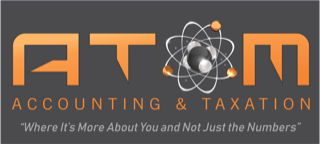Individuals or Companies may form a group of up to fifty (50) natural persons or Companies to enter into a Partnership and pool assets and expertise as well as sharing the costs associated with the business. It is not necessary for the partners to contribute capital equally or share equally in the distribution of profits nor is it necessary that the services provided by individual partners be in the same proportion as their share of income.
The Partnership is required to lodge a Partnership tax return however, tax is not imposed on the Partnership. Instead the partners must declare their share of income in their personal tax returns. Tax is assessed at individual rates.
A Partnership has the following advantages:
- Certain partners may contribute the capital of the business while others partners provide the necessary technical expertise.
- It is possible to share profits and losses amongst the partners in the most efficient manner for superannuation, cash flow, tax planning and general business operations.
The disadvantages of a Partnership:
- Each of the partners are jointly and severally liable for all debts of the Partnership. Thus if a Partnership which has 50:50 capital and income sharing ratio in all respects, incurred a liability of $100,000 then normally each partner would be expected to contribute $50,000. However, should one (1) partner become insolvent, then the other partner would become responsible for the total amount due of $100,000.
- The ability to share profits or losses referred to above is not discretionary between years. A presumption would exist that profit ratios between partners would be maintained from year to year.
- As with a Sole Trader, a Partnership also carries the same risk of litigation.
Book an appointment now to discuss your business needs by calling the team at ATOM Accounting & Taxation on 5452 7205.
